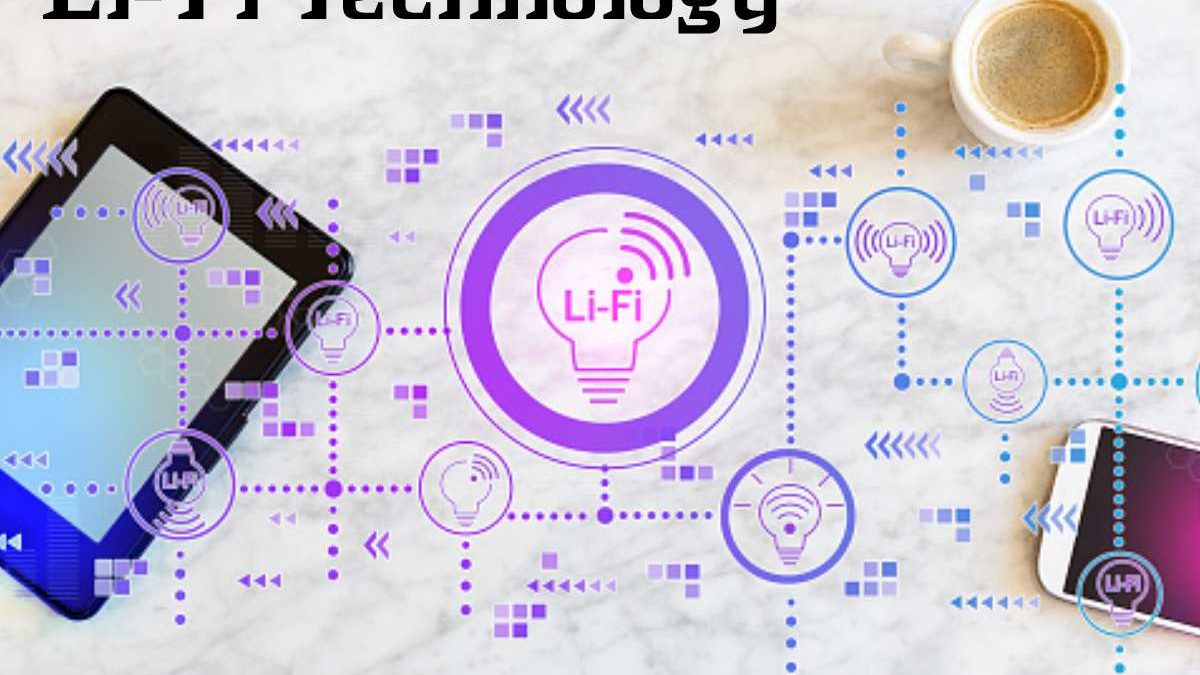Telecommunications are constantly innovating to offer increasingly powerful and effective solutions for users. As well as for the necessary tools for their management. One of these new technologies that have emerged is Li-fi (Light Fidelity) technology.
This new telecommunications technology was presented in 2011 by German engineer Harald Haas during the TED Conference on communications in different fields where it caused great expectation and has not stopped doing so since then.
Specialists estimate that the objectives of 50,000 million connected in 2020 will be achieved, where Li-fi is seen as a good solution to the already saturated radio communication networks.
Many multinational companies such as Siemens and Apple are very interested in this technology and are working to incorporate it into their flagship products as soon as possible.
Table of Contents
Applications
What can we use this fast information transmission technology for? Despite the fact that there is still much to evolve and innovate within this telecommunications technology. And that it was initially propose as a complement to wifi for local environments.
Numerous applications are foreseen in different fields such as the automotive industry, industry and, of course, in everyday life and home, without forgetting business activities where Li-fi technology can play a key role in companies’ marketing and communication strategies.
- Transmission of huge amounts of information between computers, gadgets and multimedia devices. It stands out especially interesting for Live Streaming transmission, so that live events can be view in HD quality. Experimentally, it is already being carried out in different local social networks.
- In industry, it will allow machines, tools and devices to be connect to manage and improve production processes base on decisions made by the human team that manages it or even by a central computer. Could it lead to the 4th industrial revolution?
- Communication between autonomous cars is plan through their LED headlights and their contact with elements of the environment such as streetlights, traffic signals, parking lots or the roads themselves, which will have Li-fi emitters to transmit information in real time to the passing vehicles.
Surely in the coming there will be many other applications in these and many other fields that right now we are not even capable of even imagining since we are now experiencing its first steps in the real world and not only in laboratories.
Advantages Of Li-Fi Technology Over Wifi
The advantage that is mention the most is its speed, which, as we have already said, can be up to 100 times complex than the speed of wi-fi.
- transmission capacity. Due to the wide spectrum of visible light (from 400 to 800THz), a bandwidth 10,000 times greater than current radio communications is obtain.
- Absence of interference in communication with other system is why it is especially interesting for sensitive applications such as hospitals and aeroplane.
- Easy control of your coverage, enabling home network security. Due to its operating principle, the range of the Li-fi network is limit to the distance cover by the light beam of the LED bulbs that we have installed, making it difficult for third parties to intrude.
- The technology it uses is present everywhere. In homes, businesses and even on the street there are light bulbs that currently only illuminate. Any bulb can be convert into a light router in a simple way. With the installation of a simple emitter.
- Energy efficiency, given the low energy consumption of its emitting sources, LED lamps, is very appropriate.
Disadvantages Of Li-Fi Technology Compared To Wi-fi
Although it seems like a technology that is here to stay and that has numerous advantages over wi-fi technology. We must not forget that it currently has a series of drawbacks.
- The emission range is reduce, limited to a few meters (where the light from the emitter reaches). In addition. The cover cut. When some object hinders the reception of light by the receiving device. It also does not go through walls and walls. Which can sometimes be a problem. Although in others it is a great advantage as we have seen before.
- To begin with, the price is another drawback. At least until the technology is establish and allows a significant reduction in costs. Becoming an advantage of Li-fi technology. Currently, the Mexican company soft sells lamps for between 500 and 8,000 Mexican pesos (equivalent to about 25,400 euros).
- Currently, millions of devices on the market. Such as smartphones, computers, and TVs, do not have Li-fi technology for their connectivity. So currently, to use this technology. The gradual change of devices that allow communication with this technology so that its use spreads massively.
- In addition The size of the auxiliary components to be install in the receiving objects is too large. Making it unfeasible for installation in mobile phones and other small devices. One of the current challenges for the telecommunications industry is to obtain small-sized components to use this technology.
Despite the fact that Li-fi technology currently has a long way to go. All the tests and conclusions point to the fact that we are facing. A new technological revolution in telecommunications and that it will obviously change the way of conceiving communications. They will become more near and near and also personalized according to the place where you are.

